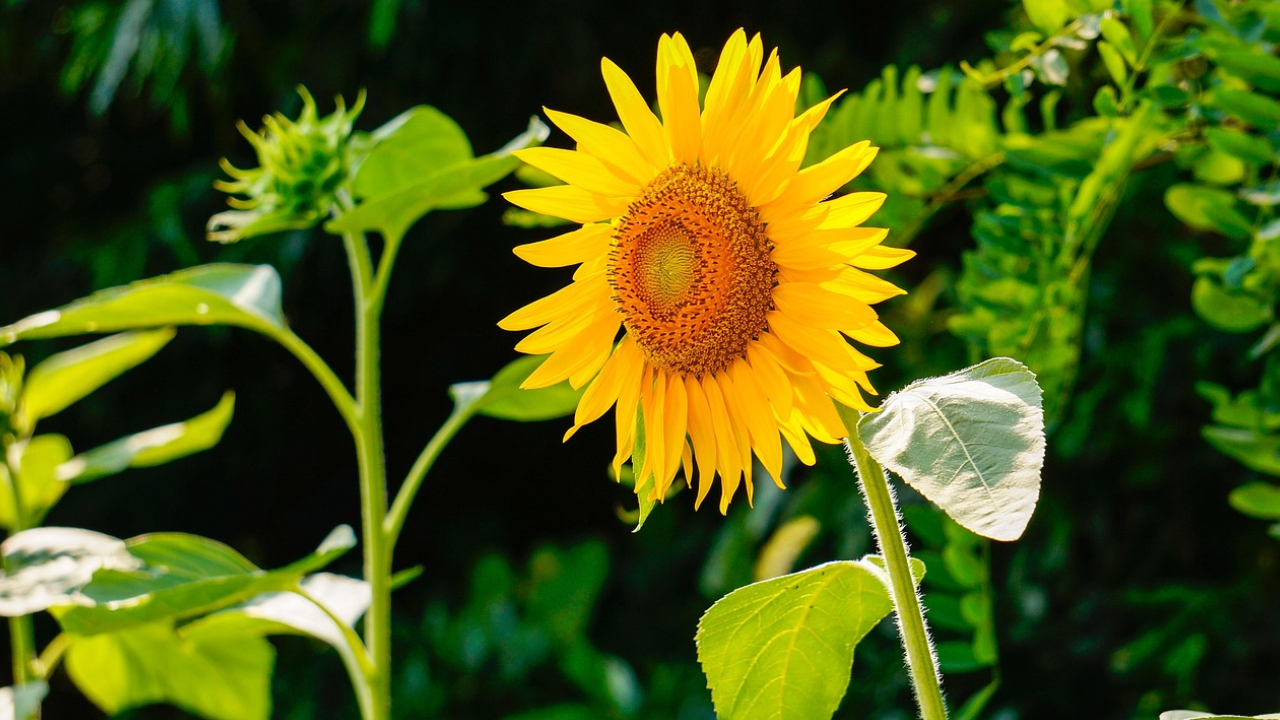Join on WhatsApp
Get the latest updates directly on WhatsApp – motivation, news & more!
Sunflowers are not only striking additions to a garden, but they also play an important role in supporting a healthy growing environment. Their tall stalks, vibrant blooms, and deep root systems make them natural allies for certain plants. Companion planting with sunflowers can improve soil quality, manage pests, and boost yields for surrounding crops. Gardeners who understand these relationships can create a thriving and sustainable ecosystem in their own backyards.
Horticulturists point out that companion planting is not a random practice. It is based on the careful observation of how plants interact with each other in nature. When done correctly, the benefits extend far beyond appearance, leading to healthier plants and reduced dependence on synthetic fertilizers or pesticides.
Why Sunflowers Make Great Companions
Sunflowers offer several advantages to neighboring plants. Their height provides shade for crops that prefer cooler conditions, helping them grow longer into the season. Their sturdy stems can act as natural supports for climbing plants, reducing the need for trellises. In addition, the flowers attract pollinators such as bees and butterflies, which improve fruit and seed production for the entire garden.
However, because sunflowers have a high demand for nutrients, particularly nitrogen, they must be paired with plants that either replenish these nutrients or thrive in similar conditions.
Marigolds for Pest Protection
Marigolds are one of the most trusted partners for sunflowers. They emit a scent that confuses and repels many harmful insects, while their roots release compounds that protect against soil-borne pests. When planted alongside sunflowers, marigolds act as a barrier, keeping the soil healthier and reducing damage to both plants. This combination is especially effective in gardens prone to nematodes and aphids.
Beans for Nitrogen Enrichment
Beans, particularly bush beans, have the ability to fix nitrogen into the soil. This natural process replenishes one of the most important nutrients that sunflowers require for strong growth. In return, sunflowers offer beans some wind protection and stability. The result is a mutually beneficial relationship that supports better growth and yields without additional chemical fertilizers.
Nasturtiums as a Trap Crop
Nasturtiums attract pests like aphids away from sunflowers, effectively acting as a decoy. While pests settle on the nasturtiums, beneficial insects such as ladybugs are drawn to the area to feed on them, indirectly protecting the sunflowers. Nasturtiums also spread across the soil surface, reducing weed growth and helping to retain soil moisture.
Squash for Moisture Retention
Squash plants, with their broad leaves, create shade over the soil, preventing moisture loss and suppressing weeds. When planted at the base of sunflowers, they create a living mulch that benefits both plants. The sunflower provides height and vertical interest, while the squash maximises ground coverage. This method is particularly useful in dry or hot climates.
Cucumbers Using Sunflower Support
Cucumbers naturally climb and can take advantage of sunflower stalks as living trellises. This saves space in the garden and improves airflow around cucumber vines, reducing the risk of fungal diseases. In return, cucumbers help shade the soil, keeping it cool and moist for the sunflowers.
Lettuce Thriving in Sunflower Shade
Lettuce grows best in cooler conditions, but summer heat can cause it to mature too quickly and become bitter. Planting lettuce near sunflowers allows it to benefit from partial shade, extending the growing season and improving the quality of the leaves. This pairing makes efficient use of vertical space while boosting harvests.
Basil for Insect Management
Basil’s strong aroma makes it a natural pest deterrent. When grown with sunflowers, it can help keep away common pests like caterpillars and beetles. Basil also attracts pollinators, contributing to a healthier garden ecosystem. This combination is especially appealing for gardeners who also enjoy cooking, as both plants offer valuable harvests.
Dill for Beneficial Insects
Dill is known to attract predatory insects such as lacewings and parasitic wasps, which help control pests that threaten sunflowers. Planted nearby, dill works as a natural pest management tool while also adding diversity to the garden. Its feathery foliage adds visual variety alongside the bold structure of sunflowers.
Creating a Balanced Garden with Sunflowers
By carefully selecting companion plants, gardeners can use sunflowers as the centerpiece of a balanced garden system. Each plant contributes its own strengths, whether it is pest control, soil improvement, or structural support. This diversity creates a more resilient garden that requires fewer chemical inputs and supports local biodiversity.
The beauty of companion planting is that it transforms the garden into a cooperative environment. When sunflowers share space with plants like marigolds, beans, and nasturtiums, the result is a healthier, more productive, and more sustainable growing space. Over time, these partnerships can help any gardener achieve stronger harvests and a more vibrant landscape.
